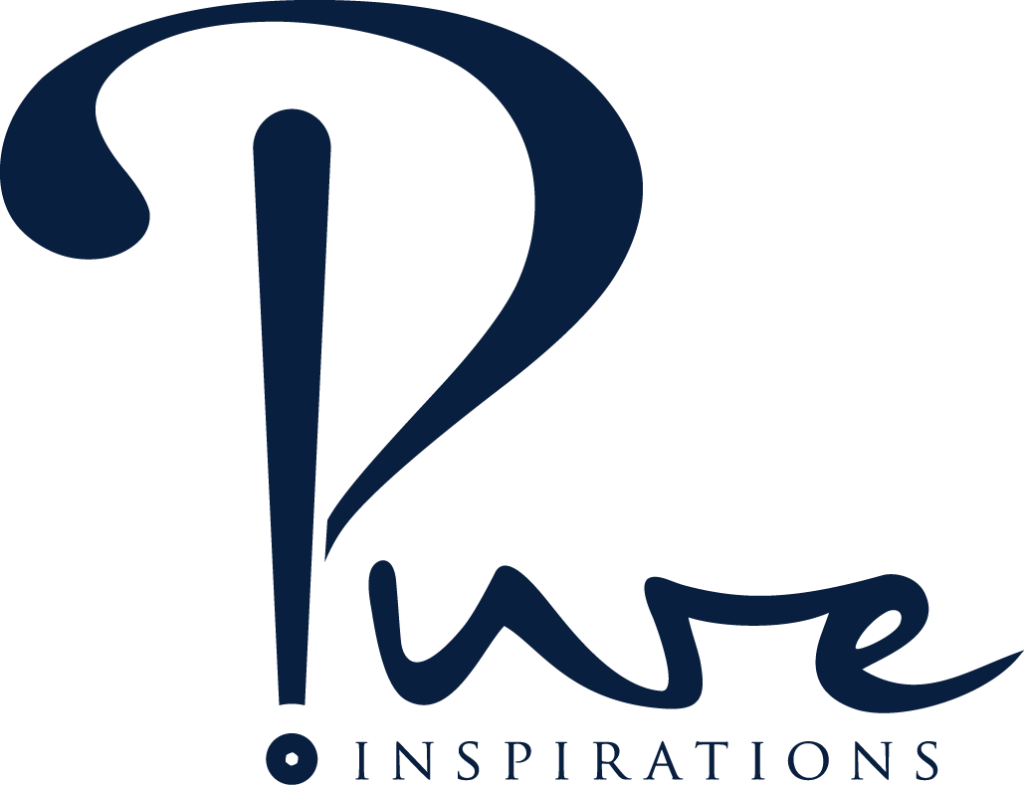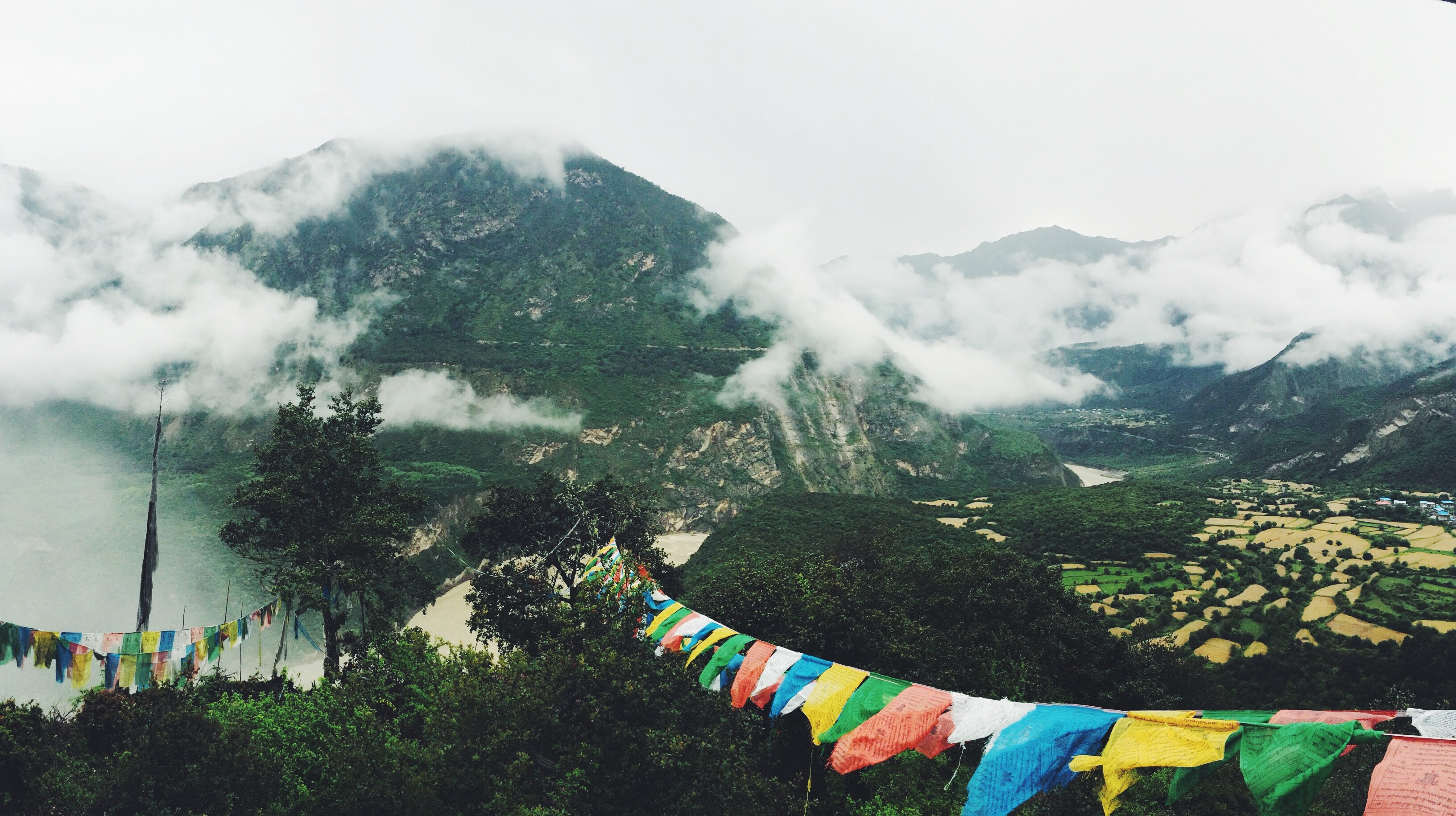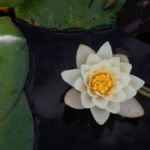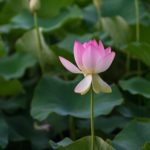It is a true gift to visit with such an experienced yoga teacher as Sasha, may you find pure inspirations in her words…
Emmanuelle: What originally drew you to yoga?
Sasha: I did my first yoga class when I was 11. One of our teachers at school was a yoga practitioner and wanted to share it with some of the girls, so I was lucky enough to do it for a year. As a child, I did not participate in many team sports but I enjoyed gymnastics, dance, and swimming. After high school, I did more outdoor activities such as climbing and hiking. While at university I had less time for these outdoor activities and started to go to aerobics classes, but I found them rather pointless and not very fulfilling. In my early twenties, a friend told me about a yoga class, taught by a now good friend, Louise Grimes. During my first class, I felt a connection and an instant appreciation for yoga as a holistic practice; I was immediately hooked and started attending a couple of classes a week, I rarely missed one! Shortly after, I went on to study at the London Iyengar Institute, and very quickly started the teacher training. I thrived in this environment and it was not until many years later that I realized that teaching was obviously my calling, in fact, all my jobs have involved teaching in one form or another. Now I primarily train people to be teachers, in London, England at Yoga Campus.
I love to learn, I am a learning sponge, and I really loved my Iyengar practice, the intellectualizing of the poses, the details were all hugely stimulating for me.
I had already started teaching at the institute while I was still training and what I was learning seemed so logical to me, and I was hungry for more. It was this desire for more that lead me to discover a teacher then known as Shandor Remete. Shandor was a pupil of Iyengar but had left the fold a few years earlier and his physical and energetic knowledge blew my mind. Soon after I decided to leave the Iyengar world and was a pupil of Shandor’s for the next 13 years. I did his teacher training and assisted and watched him teach many therapy workshops in that time. I have been lucky to know many great yoga teachers in my time, but none have inspired me as much as he has.
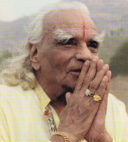
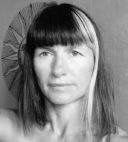
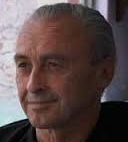
(from left to right, B.K.S. Iyengar, Sasha, Shandor Remete)
Emmanuelle: How does your current practice differ from your Iyengar practice?
Sasha: In Iyengar yoga there is a strong emphasis on external alignment and precision, which I love, but I found that I was getting stuck in my body, I became rigid and hard. Attention to alignment in detail is excellent, it provides stability and strength for the body (which is vital), but you also have to feel your body in space as a whole and not spend too much time over-focusing on the minutia. The details are important but not the be all and end all.
When I was practicing Iyengar yoga, I noticed my breath was not flowing, there was so much to think about that I felt much tension in my body. Shandor was not only taught alignment by BKS Iyengar but also studied Indian martial arts, chi gong, Ayurveda and siddha medicine. This knowledge was liberating and exciting, and I started to work a bit more with the breath and energy of the poses. I loved the way my body felt, it was an intellectual practice, but also gave me freedom to explore the asanas in new ways.
Our bodies are like landscapes and our energy like the waterways in those landscapes, the energy chooses the path of least resistance and we perpetuate these daily patterns by continuing to follow our mental and physical habitual patterns.
A lot of the original details of yoga have been lost through is long-term contact and adaptation with the West. Whereas the more systematic martial arts of China and Japan which stemmed from the Indian yoga system have maintained a lot of traditional elements. A lot of what I teach has been influenced by these traditional systems. For example, there is a lot of emphasis on moving from the body center. In Japan, this is the Hara, in China the Dian ten, and in India the Kunda. The poses I get the students to do are made easier by helping them to focus on using their center, and they are not at all easy when students lose that focus. Therefore, this practice gives students easy markers by which to gauge the progress and sensations in their bodies.
I like to encourage the students to feel the different ways of doing things in their bodies and to understand why they would do the pose one way as opposed to another. Sometimes I don’t allow my pupils to use mats, this gives the freedom to move in any direction, plus it helps pupils realize how attached they are to the commercial additions of the yoga world. Also, sticky mats provide an artificial resistance, which we are taught to push against, this creates a muscular imbalance in the body as we learn only to push away and not draw in towards the body.
Emmanuelle: But don’t you feel that a precise and progressive yoga system of teaching such as the Iyengar system can be beneficial to both teachers and pupils?
Sasha: BKS Iyengar became very frustrated with the quality of students he was getting and divided his teachings into methodical stages and systems that you worked through. The Iyengar method is very good for beginner students. However, as you advance in your practice you need to find release and feel the energetic response to the pose. Also, props can be very helpful in helping you get deeper into a pose, but I feel that there are several poses that if students are not ready to do they should not do, with or without props, as the support mechanism is not there in the body itself and therefore will not be there with a prop. A good example of this is shoulder stand.
The problem with all the established systems is that the defining boundaries become so rigid that people find it hard to be creative within that system.
Also, within a system, you have the perception that one way to teach will work for everybody, but pupils are so individual, you have to look at your students to see what will work and respond accordingly. You should not be dictatorial when teaching.
In the West, we want to box everything and have the answers to everything now. But this is a very fluid system and that is what makes it so beautiful and alive. You never know everything, you are constantly exploring and learning. Many yoga texts contradict each other, for example, one text will say Apana goes down, another will say it goes up, both are valid, it depends on the context, but we want to fix it somehow! It is the same with people’s bodies. This is a very cultural thing.
Emmanuelle: What do you think are the best qualities in a teacher?
Sasha: You have to have some basic instruction skills in order to be able to teach, but what makes a really good teacher is a passion for learning and the openness to an exchange of information. It is not a one-way street, your pupils help you learn and so does your own practice if you are open to the lessons it provides. I good teacher has to have a good home practice, as that is where you really learn to be in the moment, instead of attaching to preconceived ideas, that we are all conditioned by, you see things as they are, letting go of all you know and think you know, then you can see and respond to what is in front of you without judgement, and growth and learning is continuous.
When I teach, I do not provide a workout, my aim is to help my students to effectively learn to experience their own bodies so that they can take this back to their own mats, as it is in a home practice that the true benefits of yoga life.
Emmanuelle: I came across this quote from Shandor: “If you are interested, you have to search out of your way for more information”, which resonated with me as I have often felt that knowledge was hidden from me, but now as a teacher I feel that I can only prepare students for more. Would you agree?
Sasha: Yes, if you give too much too soon, you end up repeating yourself a lot as the students are not ready to receive it. In some ways, that is what BKS Iyengar wanted to do, by setting parameters he wanted students to work for the knowledge, but then they also need to be given a sense of the whole picture so that they can have some idea of where they are going. You need to create inquisitiveness and build the hunger and then they will come to you. If you tell them what to learn, they will not absorb it, they have to own their learning! But them sometimes, students need a little bit more in order to see more, you need to be able to judge when this is the case.
Emmanuelle: What do you feel the pitfalls of yoga in the West are today?
Sasha: In the west, yoga is very much a consumer-based activity. Consumerism is taking over the yoga world, so much so that we forget to experience life through our bodies and our own senses. We attend our weekly yoga classes and then we are done, no other exploration is made, and we have no practice of our own. Yoga teachers these days aim to provide a complete practice for their students, giving them a weekly workout – rather than informing them so they can deepen their home practice. All you need to practice is a small space and your body and you have enough to get in touch with the source of the power inside you.
Yoga is meant to enrich your experience in life, not to help you do the splits or slim your hips.
Yoga was originally a way of preparing the body for meditation, keeping it healthy alert and aware so that you could sit. It is really a meditation shortcut!
We get very attached to our yoga classes, and that is exactly the opposite intention of yoga, which is about non-attachment. Many go to yoga classes to feel healthy and look better. You get attached to what you think makes you healthy, while there are many other things we need to be healthy.
You cannot heal every issue with yoga, we seem to think that if we eat specific herbs or supplements and do yoga, we will be immortal, and that is precisely what yoga is not about! We are learning about our own mortality and our weaknesses.
This false idea has changed the essence of yoga in so many ways. Look how martial arts are used, especially with aikido or the Japanese sword. The whole idea is that you are not aiming to be an amazing fighter, nor the winner, you are aiming to center yourself, and, in the event that confrontation occurs, you are grounded and unshaken and able to deal with it instinctively. Yoga gives us the tools to understand our habitual responses to difficult situations and to learn to center and ground ourselves, so we do not repeat these patterns, in a never-ending cycle of suffering.
Emmanuelle: How has your practice and teaching evolved over the years?
Sasha: Putting my foot behind my head no longer matters to me! I focus on simple things, on being connected, especially through my center of gravity. Yoga is a meditation practice, if you don’t own it, you won’t go anywhere.
As a pupil and teacher, you hope to grow and develop, but sometimes, at a certain stage in your life, your ability to move and willingness to be taught by someone else becomes limited. But it is important to stay inquisitive, you need to keep that!
When I had my first child I did not practice for 5 years, that was my biggest lesson. My classes used to be very hard work, and I was a tough teacher, very like my teacher Shandor, but they are nothing like they use to be. I am now less rigid and less attached to my practice.
As I get older I enjoy more of the sensations than the working aspects of the poses.
Emmanuelle: Could yoga help us feel connected to others and the natural environment and bring peace and harmony to the world?
Sasha: oh yes, and this for me is the thing humanity needs the most. We are so disconnected with the world around us. It is just a tool for our existence rather than the reason for actual existence. We no longer understand the workings of nature and the way it sustains our life or the way that it interacts with the animals that share this world with us, this is all extraneous to our existence. We need more and more things to make our life comfortable rather than just connecting with what is there. Humans are made of atomic particles emerging from the quantum field – as is everything else around us, and within the yoga system this could be referred to as Prana, prana not only exists within us but everywhere and in yoga our aim is to increase the body’s Prana and then to expand that energy outside of the body to the things and environments outside ourselves. Yoga is about the connection but not just with ourselves but with a bigger picture. We are so disconnected with the natural world that people are finding themselves very lost and alone and unsatisfied with their lives as nature is no longer part of their life, there is no life, and all-purpose is lost.
In other words, we are becoming more and more disconnected from nature, and therefore ourselves.
You can listen to a 20mn recording of the introduction of the workshop conducted by Sasha, Outside In Inside Out, at Yoga Lila, in Steamboat Springs, Colorado on March 31, 2018.
